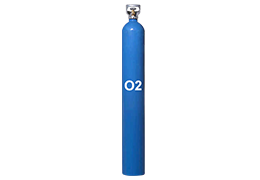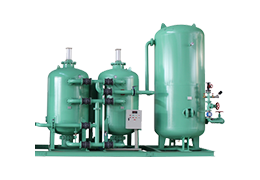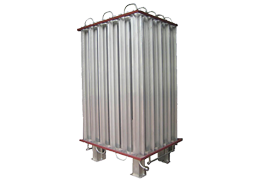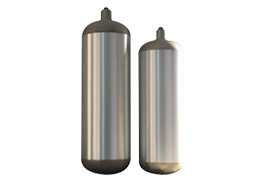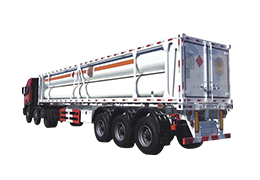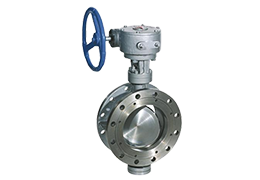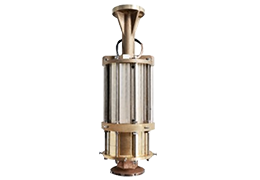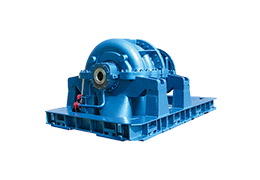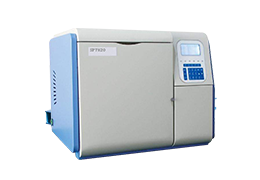As the impact of the Covid-19 pandemic continues to vary around the world, a decidedly mixed outlook exists within an Asia-Pacific region that was itself the original epicentre of the virus.
At the time of writing there are now more than 3.6 million confirmed cases worldwide, according to the Center for Systems Science and Engineering (CSSE) at Johns Hopkins University, and almost 252,000 fatalities.
The US (1.1 million cases; 69,000 fatalities), Spain (218,000 cases; 25,400 fatalities), Italy (212,000 cases; 29,000 fatalities) and the UK (192,000 cases; 28,800 fatalities) are now the worst-hit countries globally as the epicentre of the virus rapidly moved to Europe and the Americas.
Reports suggest that back in Asia-Pacific, China and South Korea – two countries which had intense outbreaks of coronavirus at the start of the pandemic – together reported only a handful of new infections today. Both are also slowly resuming public events after months of lockdown or containment measures.
In China, the lowest number of active confirmed cases since 23rd January has been recorded, the date at which a full lockdown of Wuhan, the original source of the virus, was enforced. While China currently has just under 84,000 cases and 4,600 fatalities according to the Center for Systems Science and Engineering (CSSE) at Johns Hopkins University, the number of cases has continued to fall for many weeks now and there are understood to be less than 500 active cases receiving treatment.
In South Korea, the announcement of three new cases represented the lowest daily jump in nearly three months. There are understood to have been just 10,800 confirmed cases across the country, with 254 deaths, since the crisis began.
Contrasting view
In contrast in Japan, for example, a nationwide state of emergency over Covid-19 has been extended until 31st May as the country continues its battle against the virus and looks to another uphill challenge ahead in reviving its economy.
There are reportedly signs of the epidemic ‘levelling off’ in Japan and the country moving past its peak of the virus. At the time of writing, Japan has just over 15,000 confirmed cases and 536 fatalities according to the Center for Systems Science and Engineering (CSSE) at Johns Hopkins University.
However, there have also been widespread reports of its hospitals being overwhelmed by the crisis and flaws in its healthcare system being exposed, with a need to reduce the strain on overcrowded hospitals. Against this backdrop, Prime Minister Shinzo Abe yesterday confirmed the expected extension of Japan’ state of emergency.
Meanwhile, reports out of Manila suggest the number of Covid-19 cases in the Philippines continues to climb amidst fears over the country’s fragile healthcare system being overwhelmed itself.
The country’s Health Ministry reported 295 new infections on Sunday and four more deaths, figures which have exacerbated further since. At the time of writing, there are understood to be around 9,600 confirmed cases and 637 fatalities. It’s thought that infections are rife across the country’s overcrowded prisons, with plans afoot to release many prisoners as a result.
Fellow South East Asian countries like Myanmar and Indonesia have already temporarily released prisoners as part of similar strategies of their own.
According to gasworld Business Intelligence, the Philippine economy grew at an average rate of 10.2% between 2008 and 2018. The economy is reasonably well-administered and has weathered recent financial turmoil in the wider global economy fairly well.
However, there remains a great deal of poverty, unemployment is high and there is a lot of reliance on foreign remittances from Filipino expatriates around the world. The country’s healthcare sector is also understood to be requiring improvement.
It is an improving healthcare sector that could offer the most promise for industrial gases business in the Philippines, a market valued at around $355.5m in 2018 by gasworld. The commercial gases business in the country – historically fragmented dur to its archipelago nature –grew at an average annual growth rate of around 10% in the period from 2008-2018 with most of the typical end-user sectors each having a notable level of activity or contribution.
With the understanding that the government intends to improve the level of healthcare in the Philippines in the future, gasworld forecasts that we may see a ‘marked increase in the share of revenues attributable to medical end-users’ in the years ahead. Similarly, the metallurgical sector may see increased investment in the future too – which would also boost industrial gas revenues at above trend levels.
- Chinese refining companies show signs of recovery post COVID-19 impact, says GlobalData Jun 03,20 14:49
- China's Major Gases Listed Companies’ Report the Performance of Revenue and Net Profit Varies Nov 17,20 15:40
- Post Covid-19: China’s innovation development of hydrogen and fuel cell industry Jun 03,20 14:25
- China-Myanmar pipeline grows in its appeal Jun 03,20 14:54
- Guanggang Gas acquires Linde Wuhu Carbon Dioxide Company Mar 16,21 13:47




